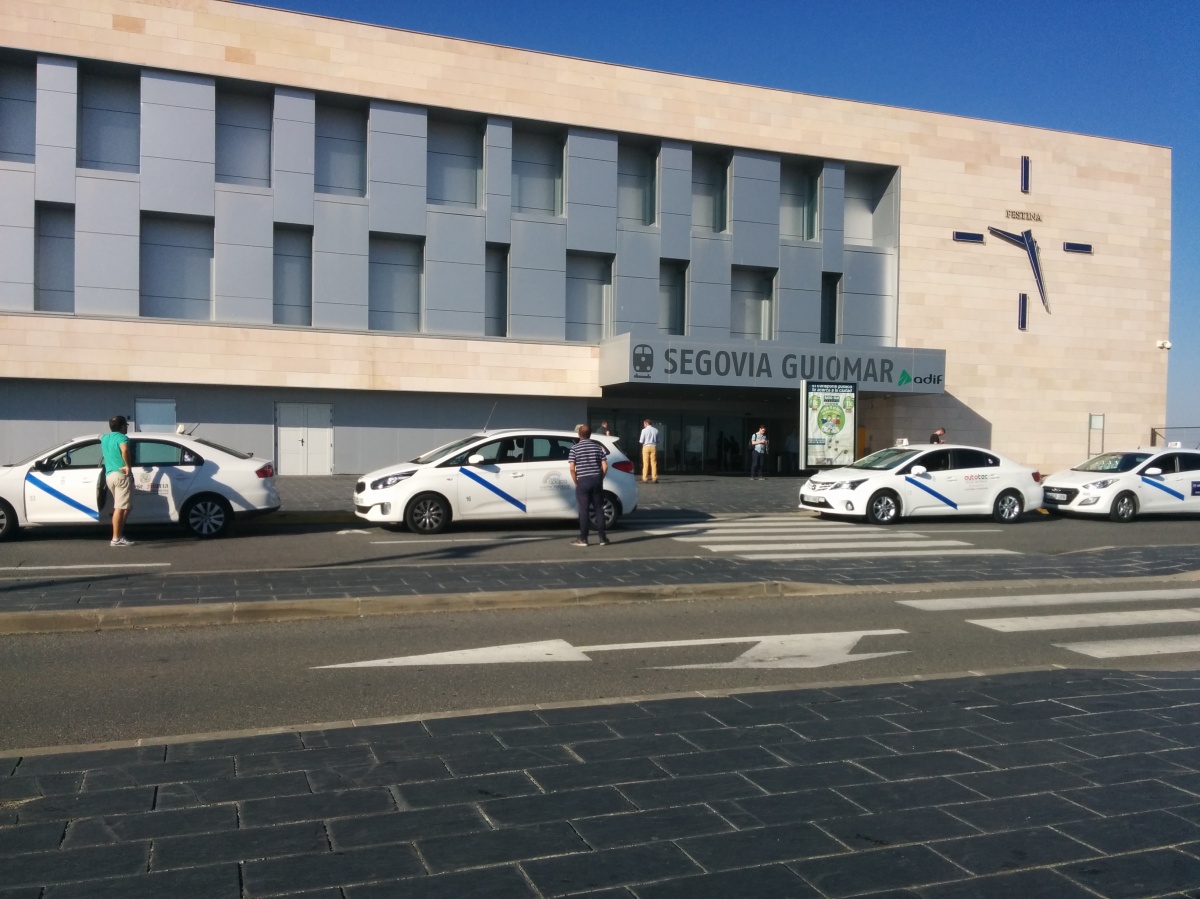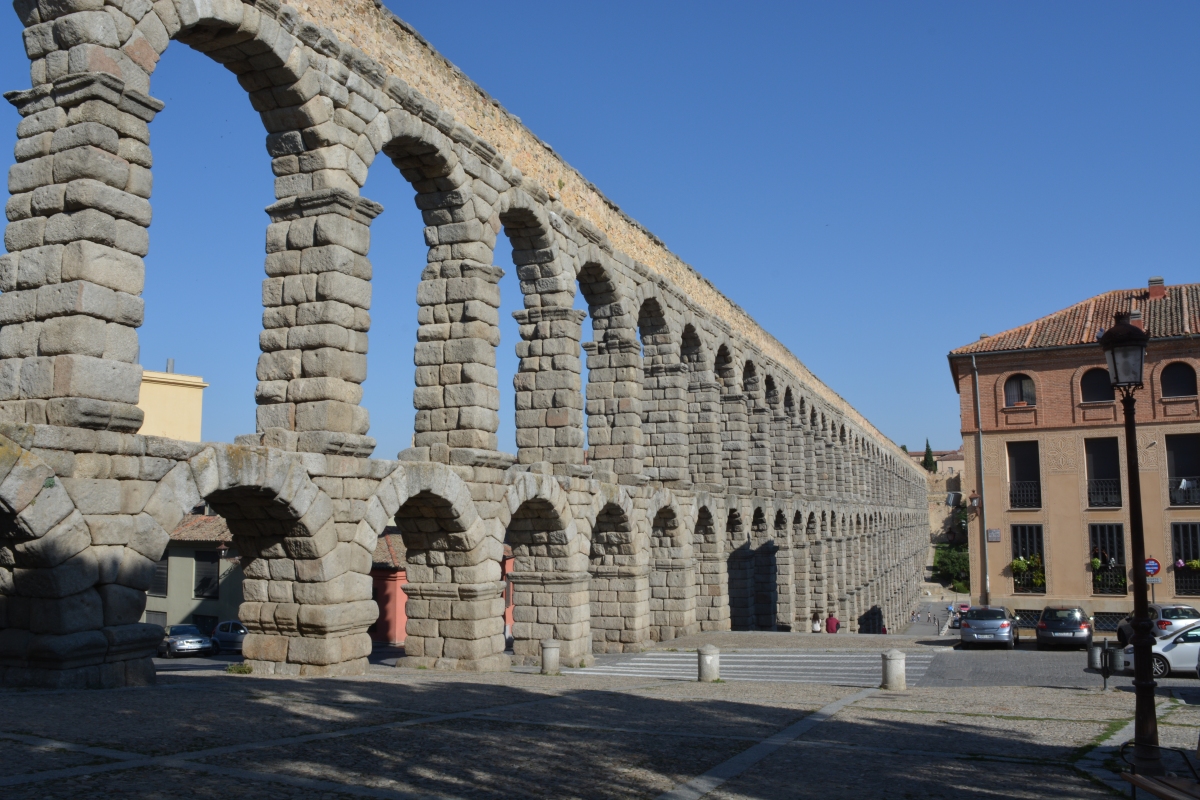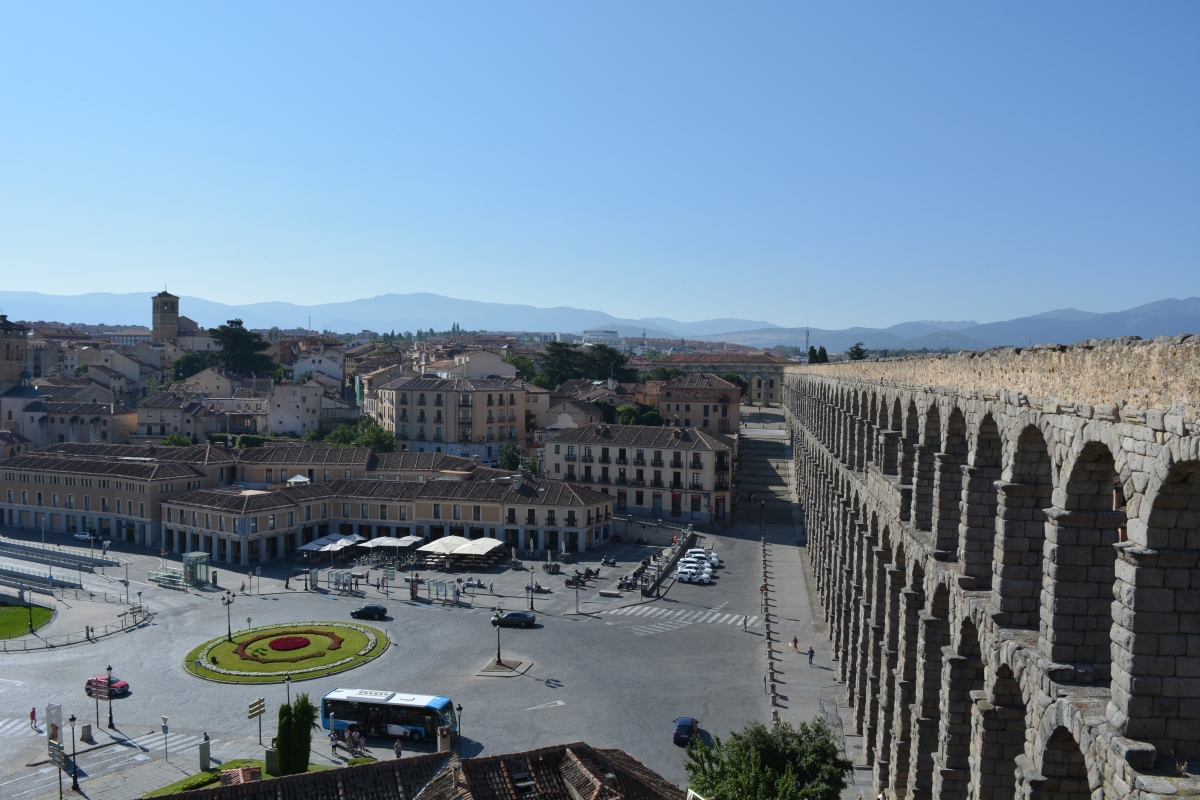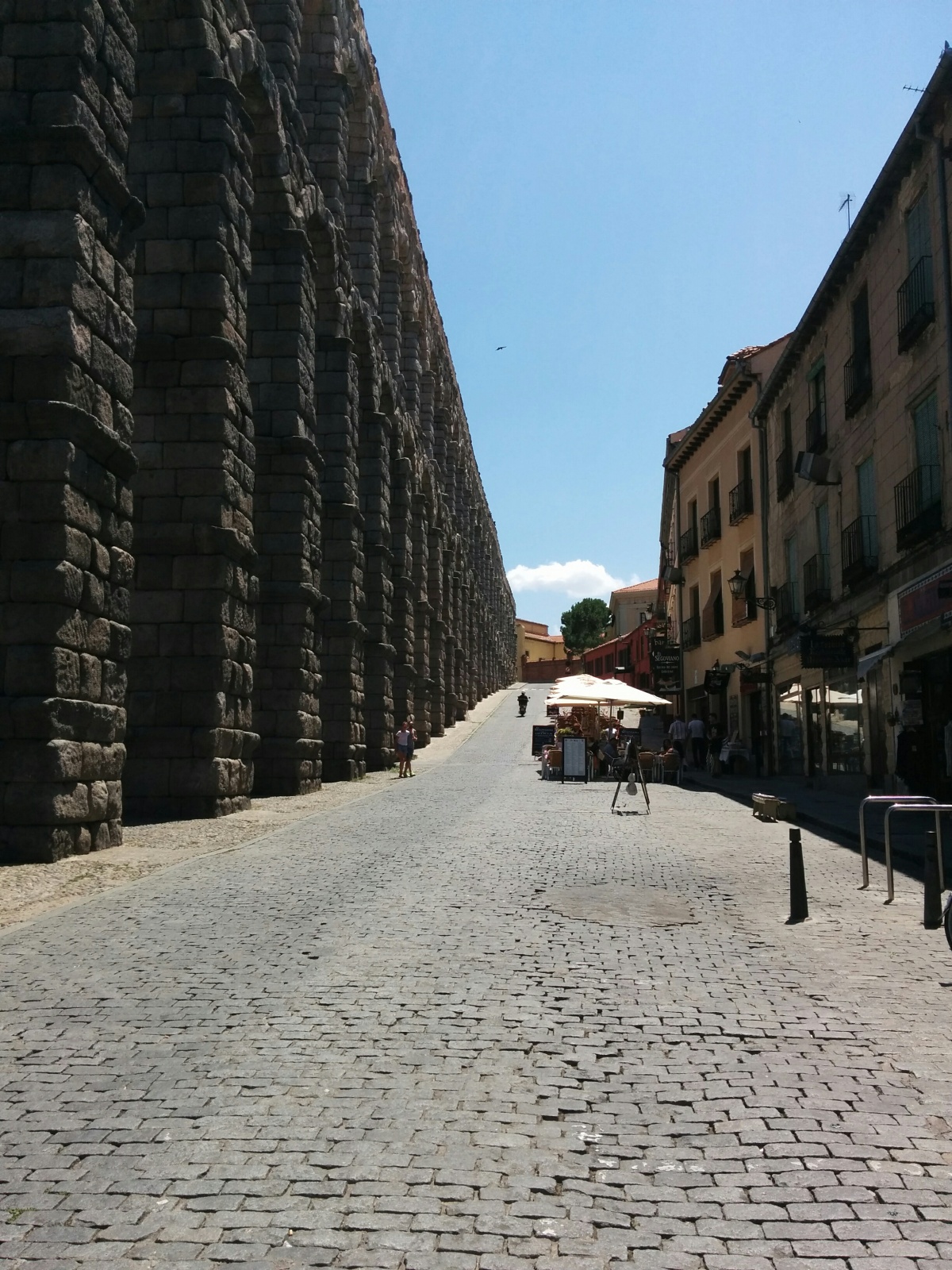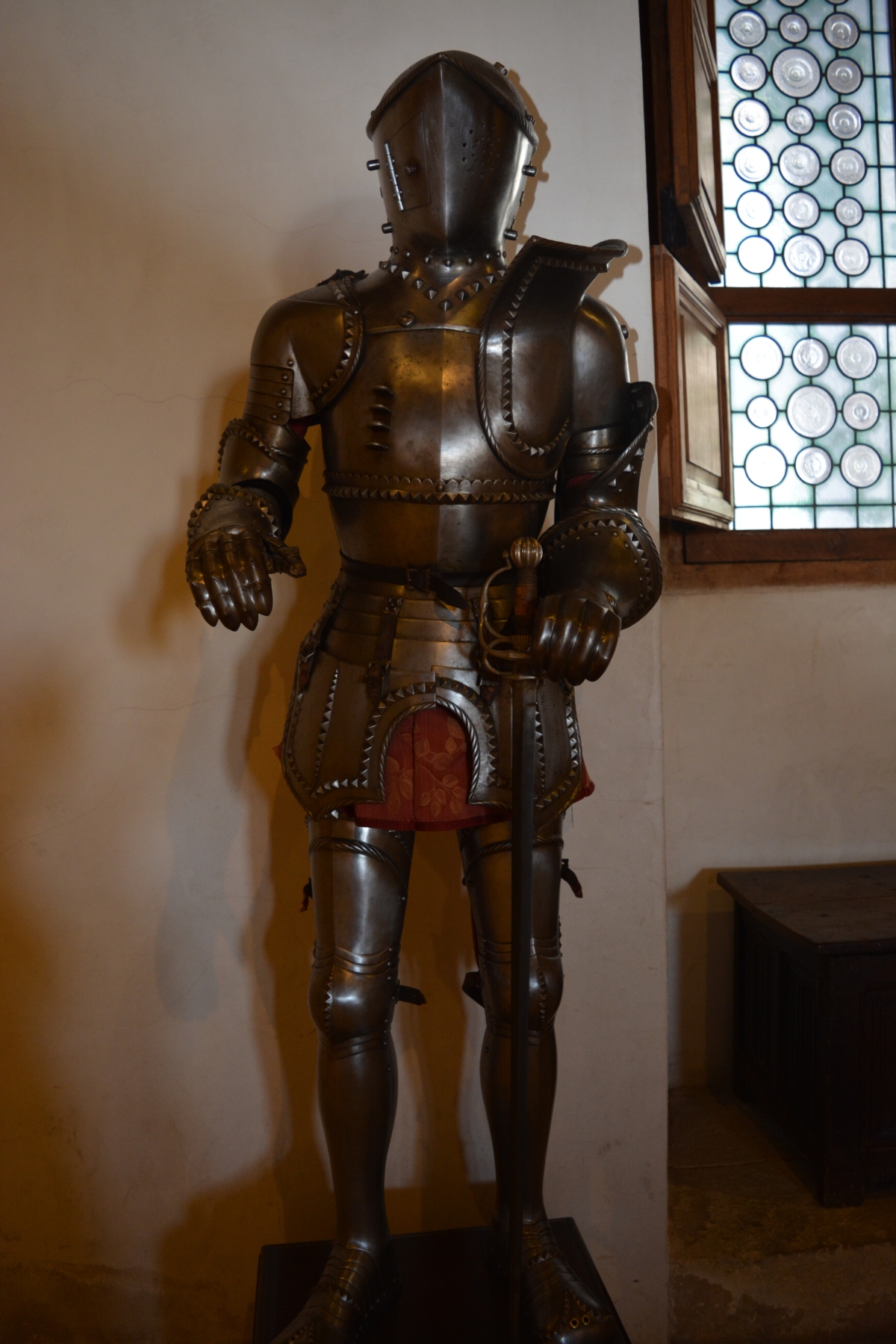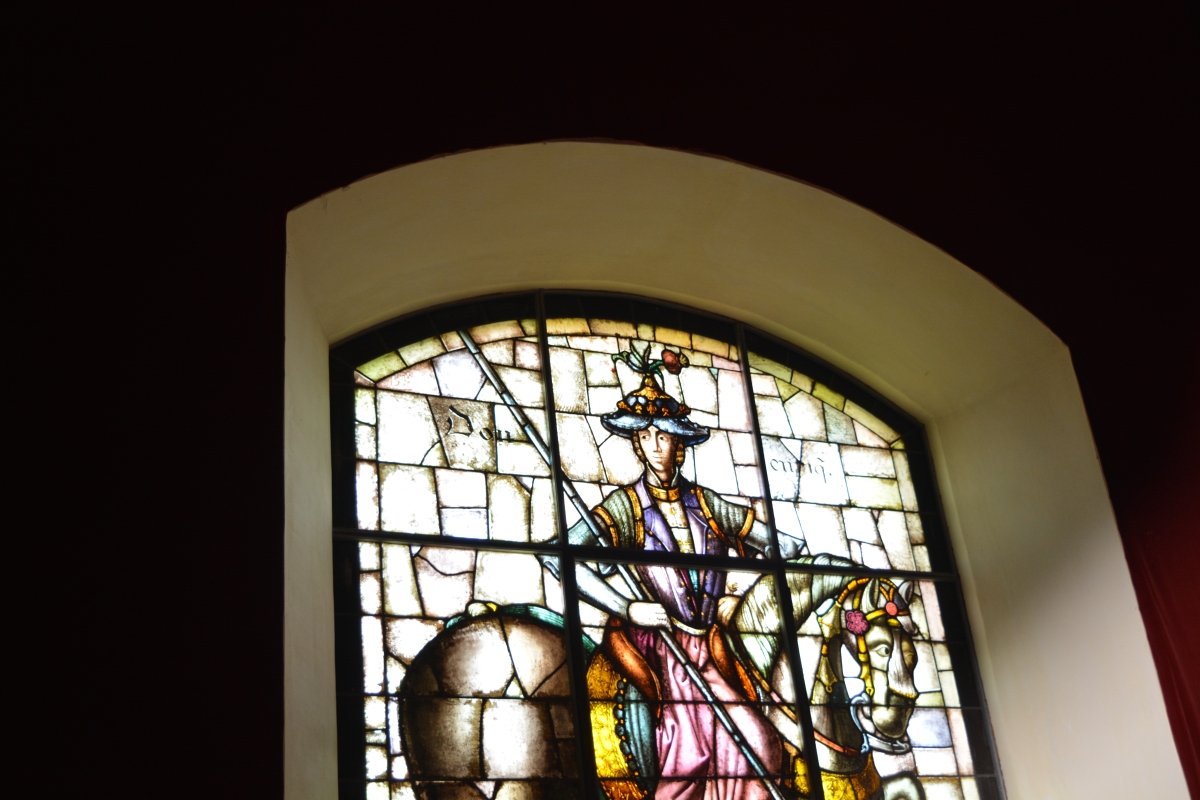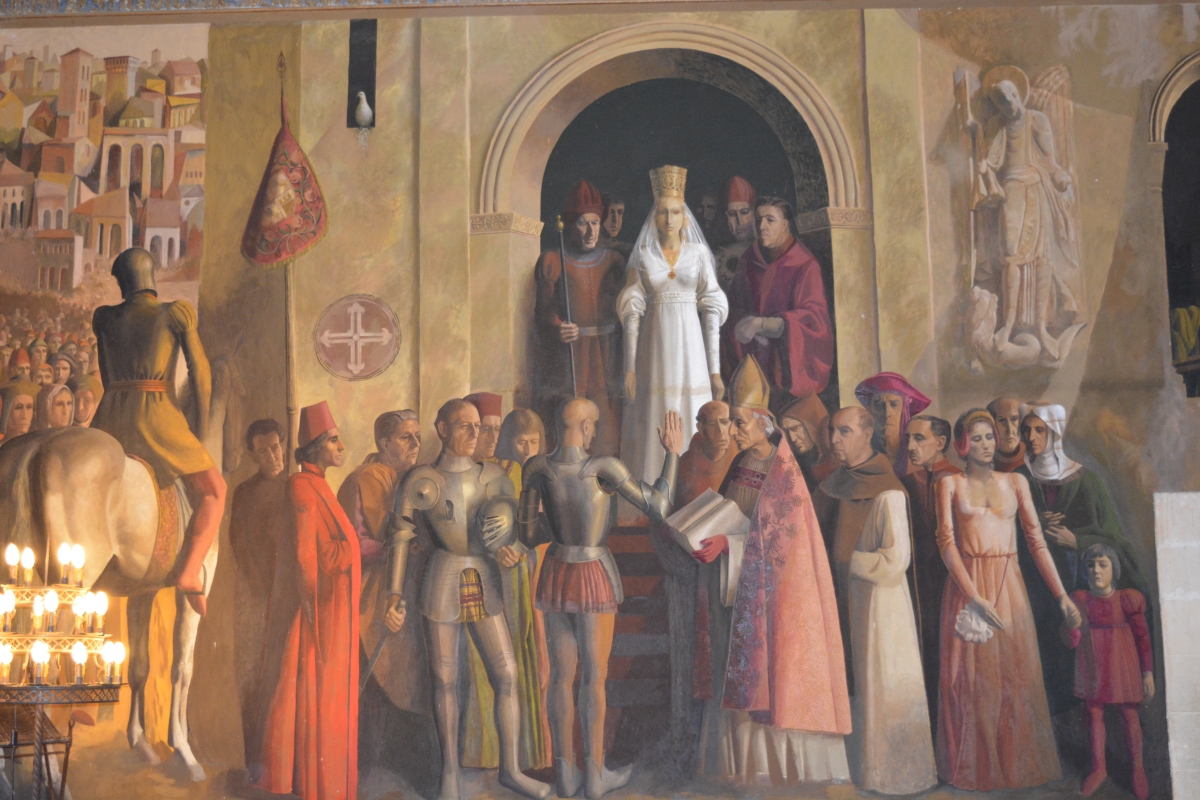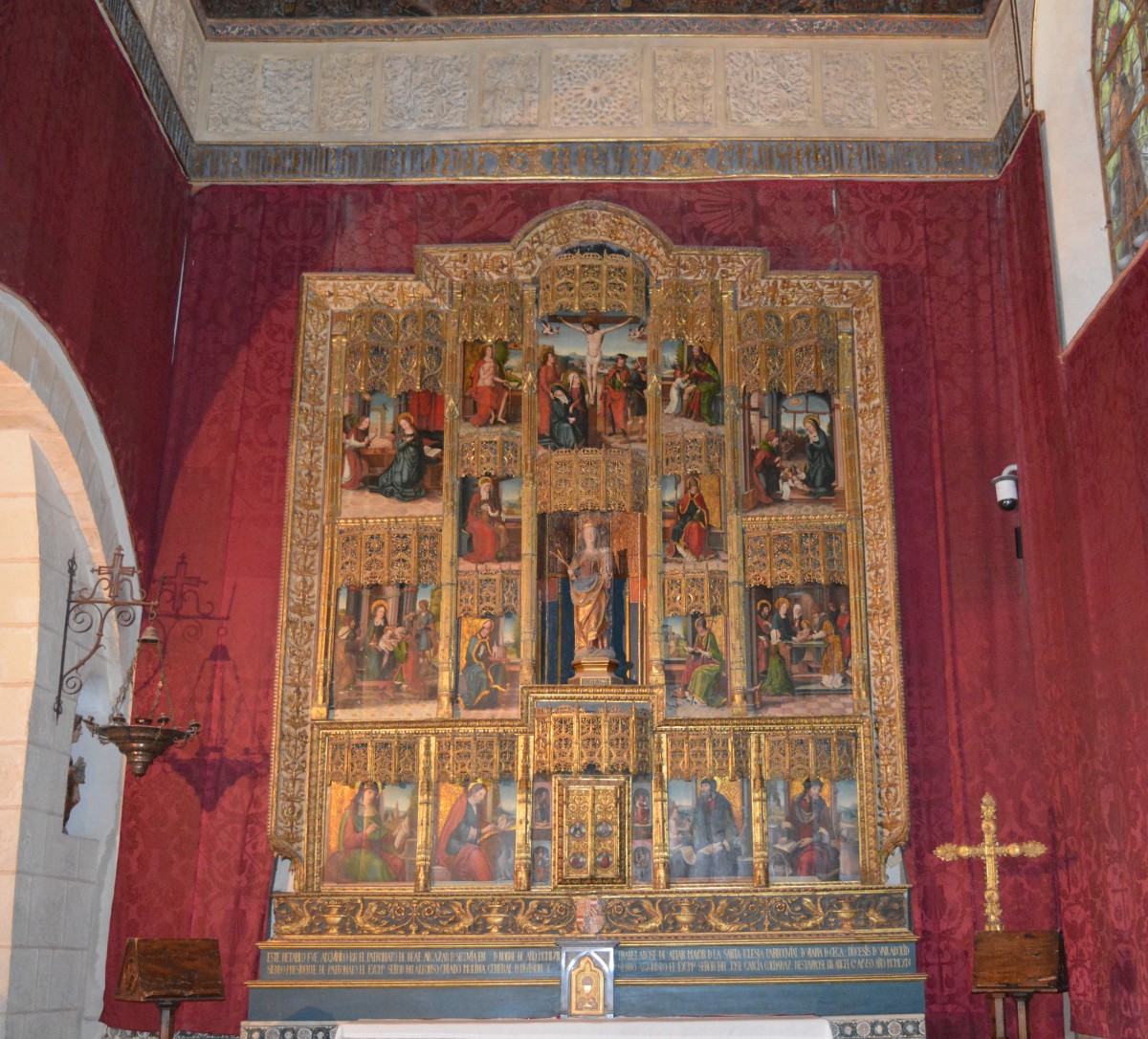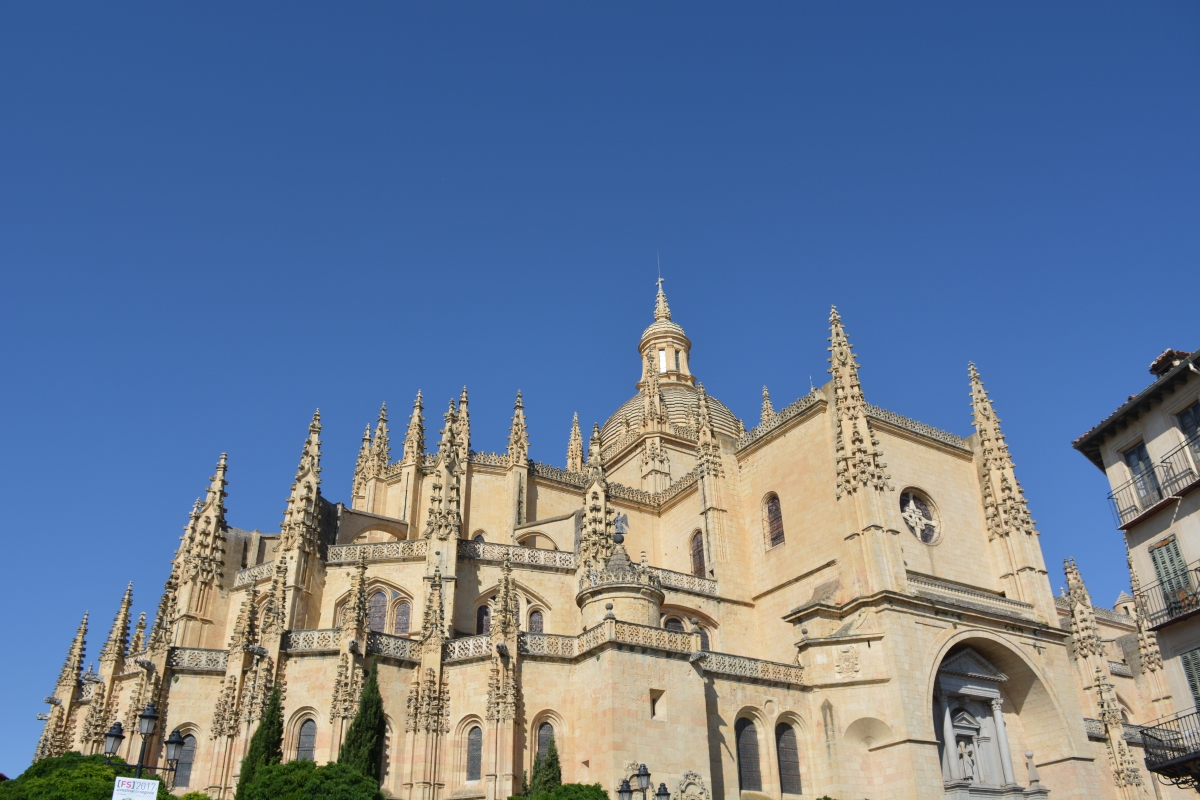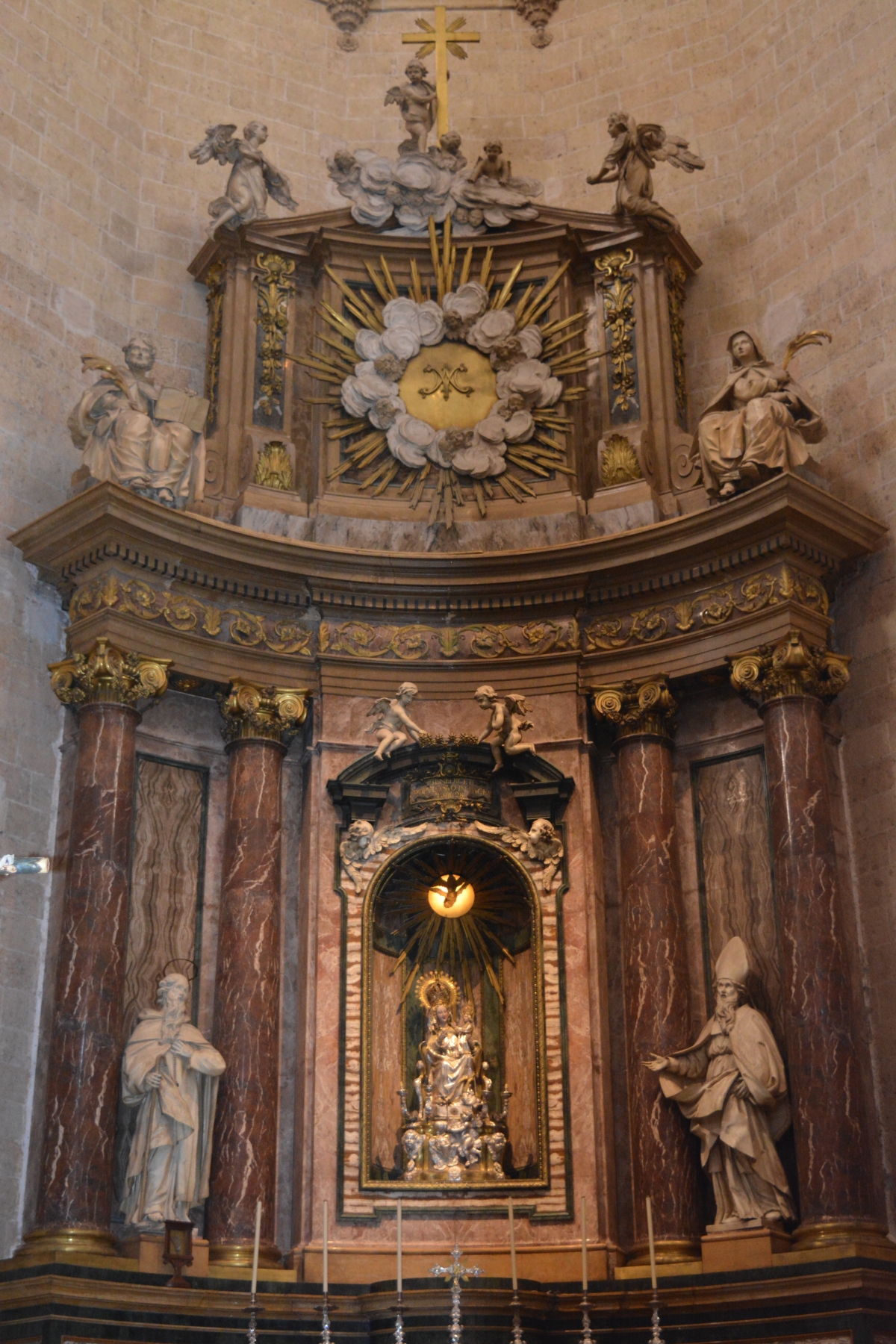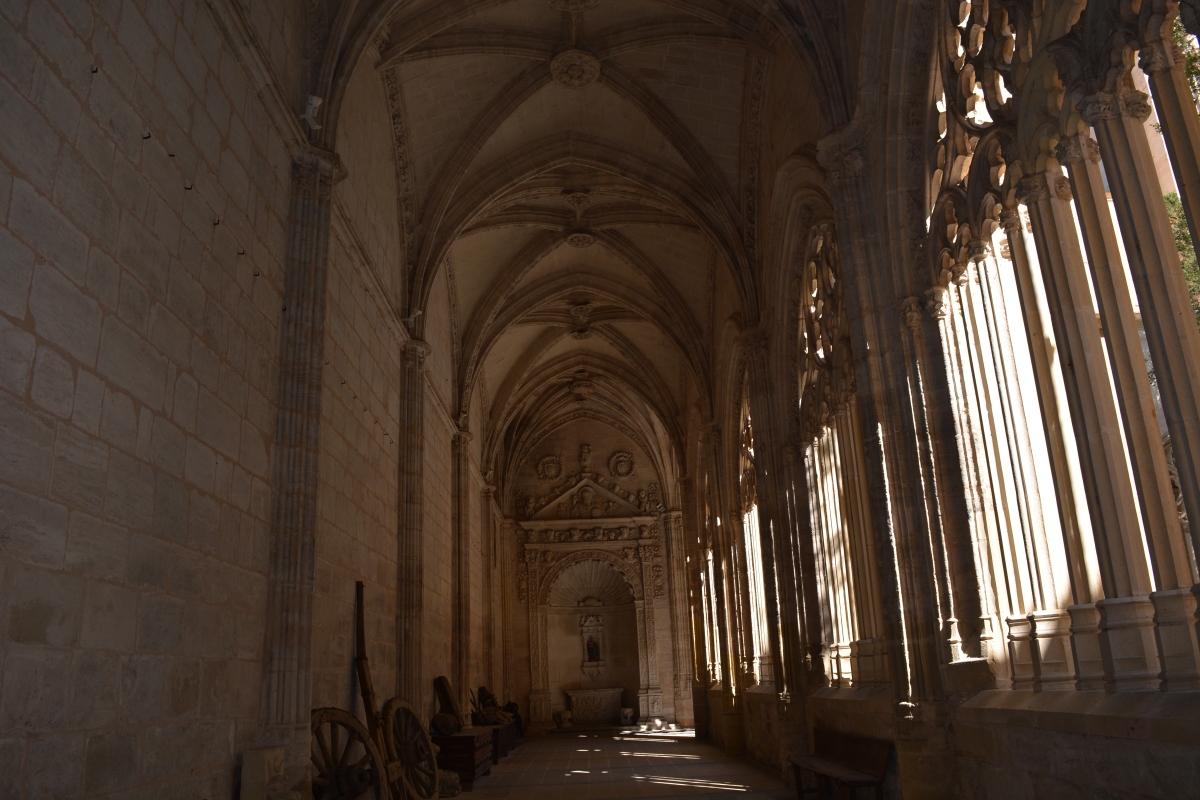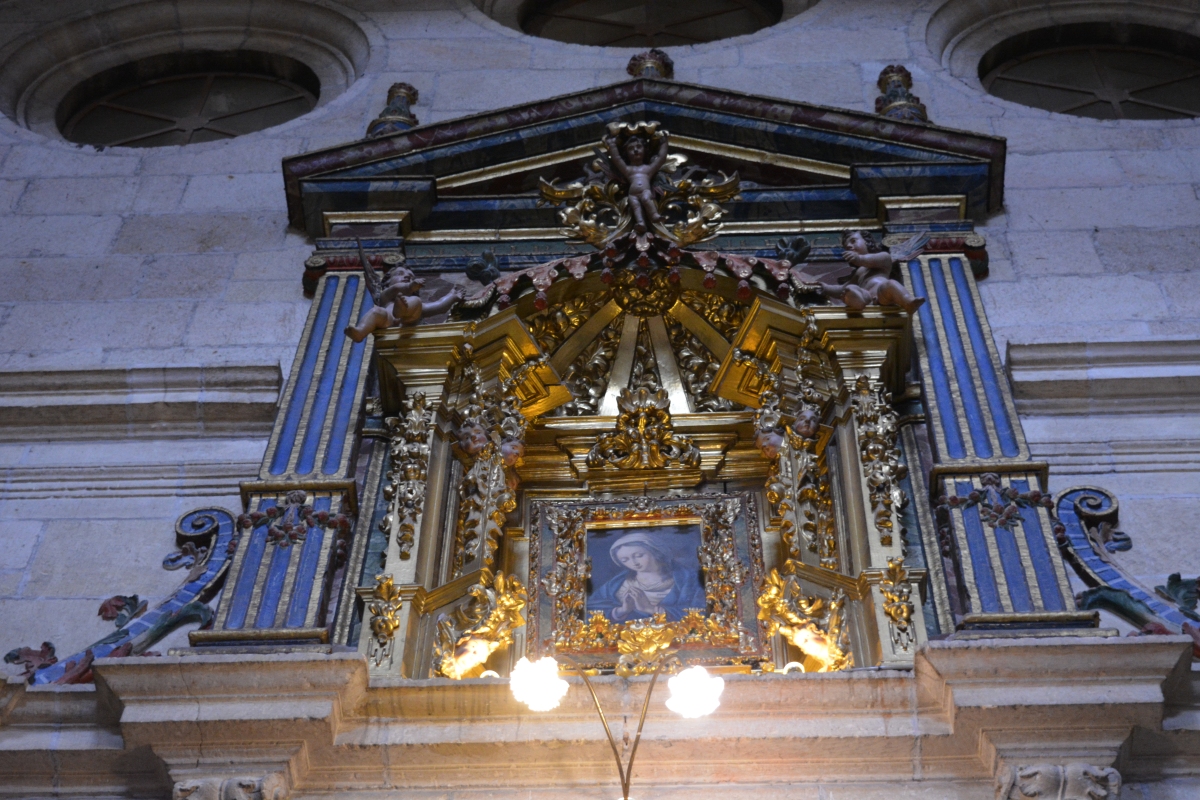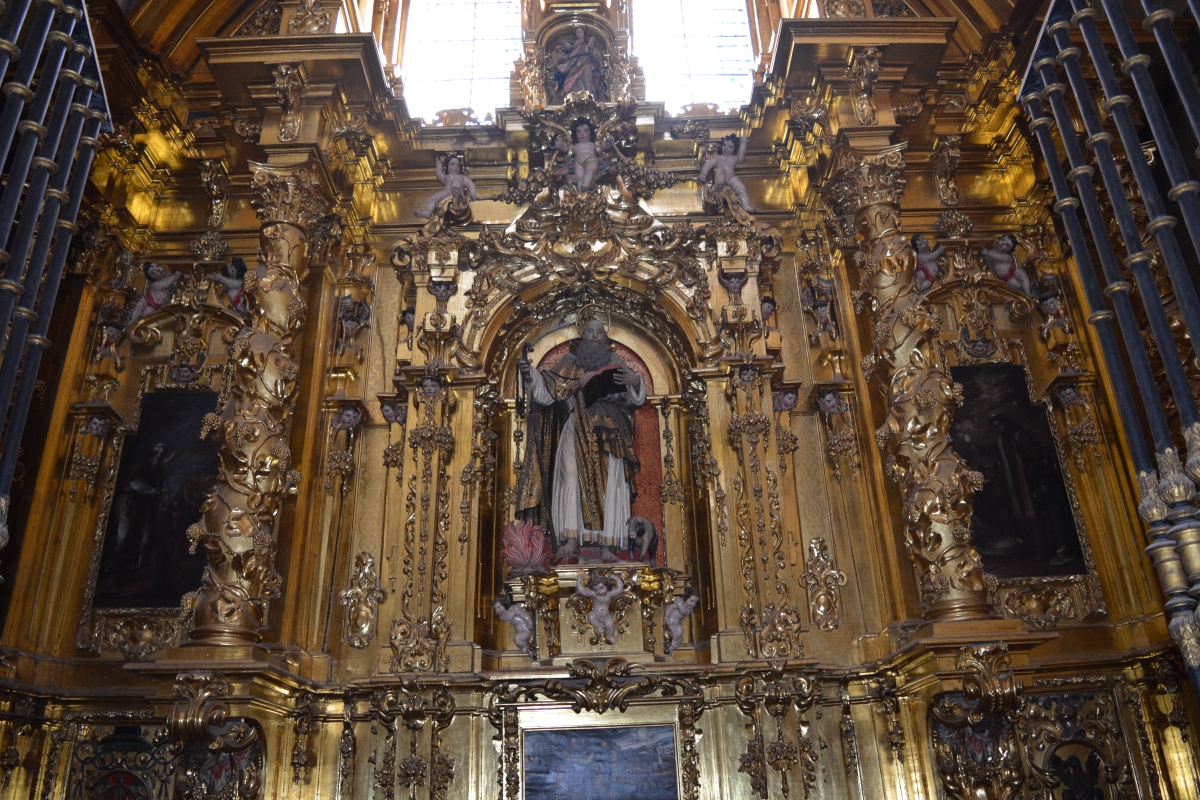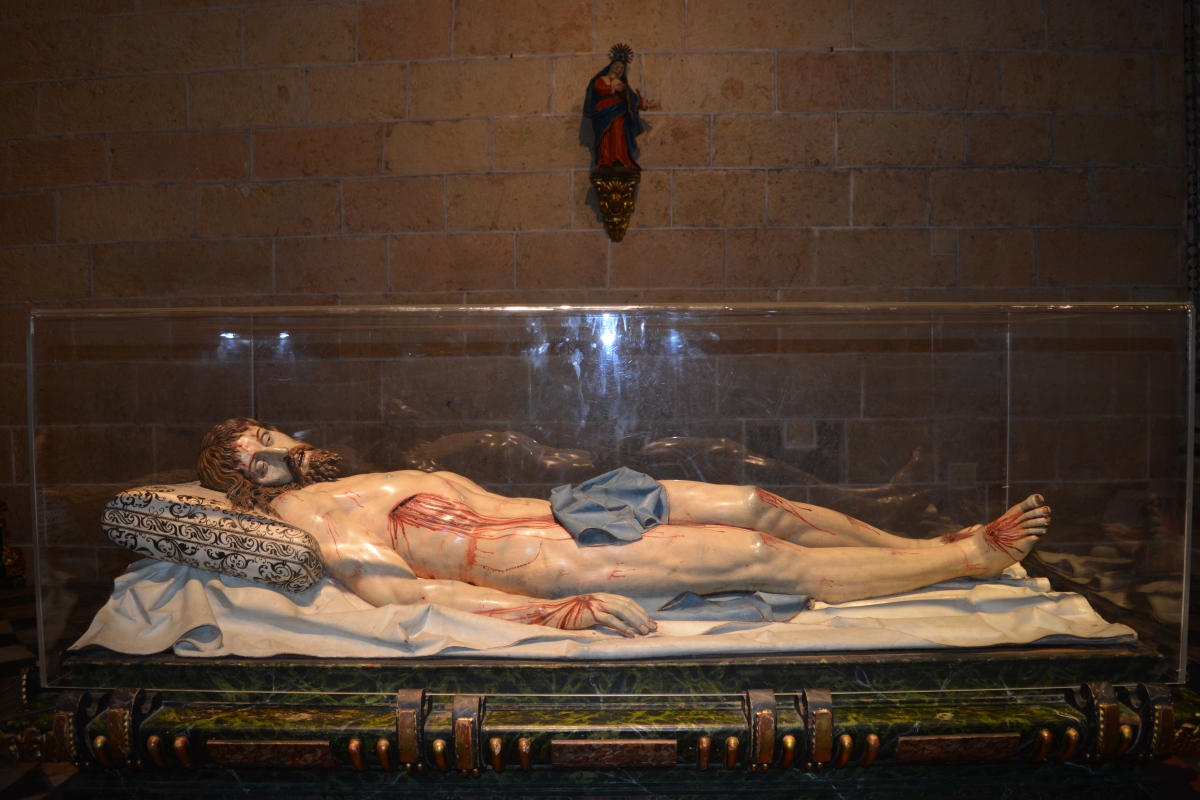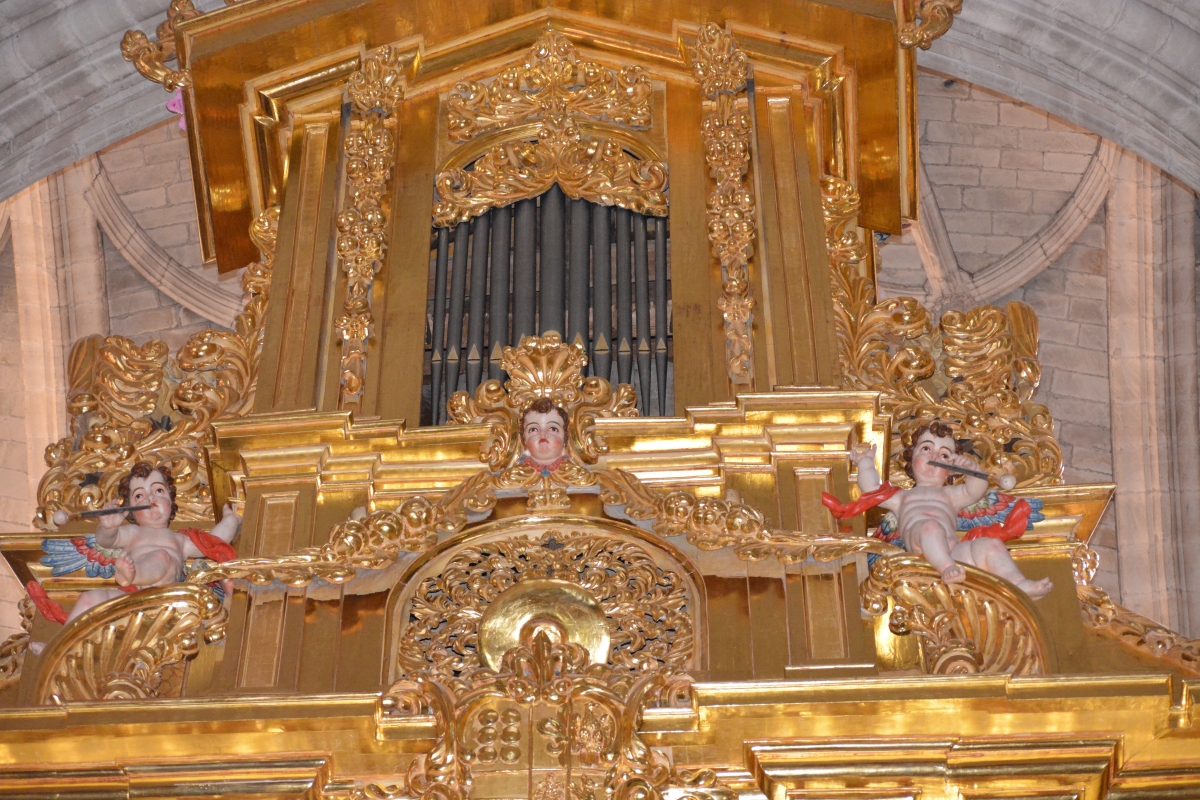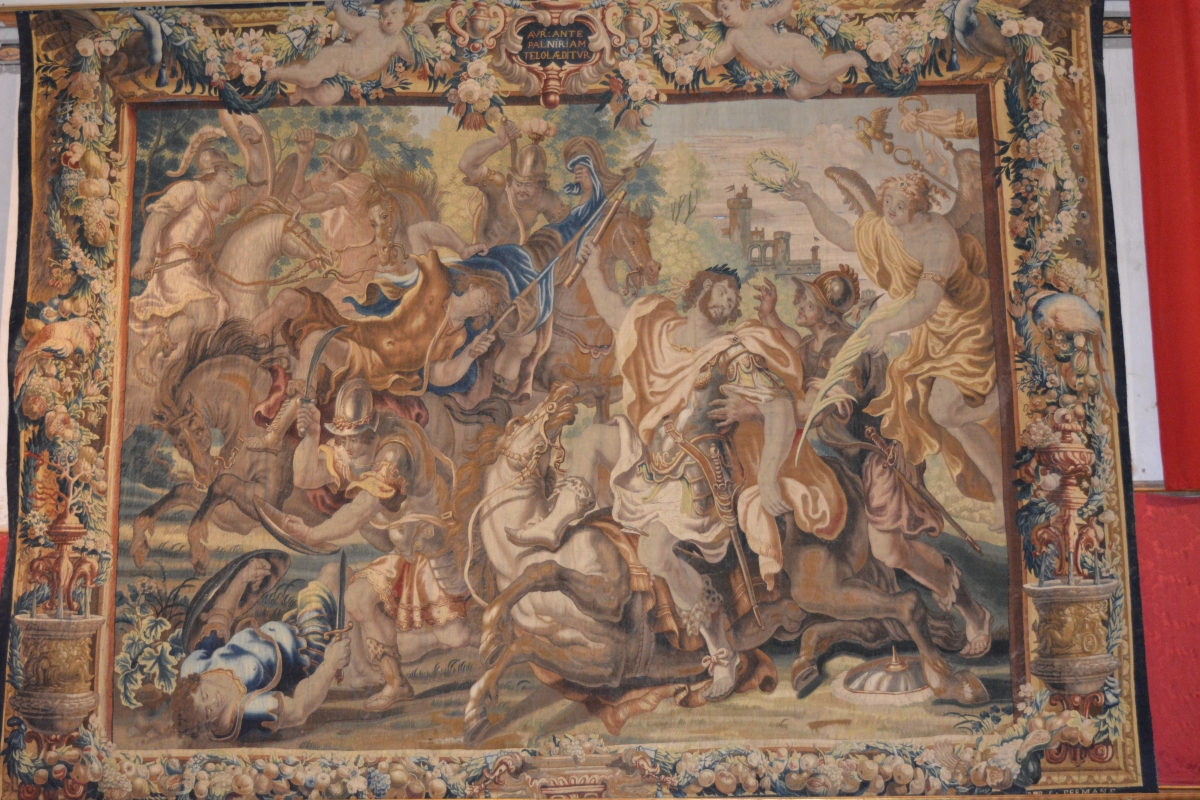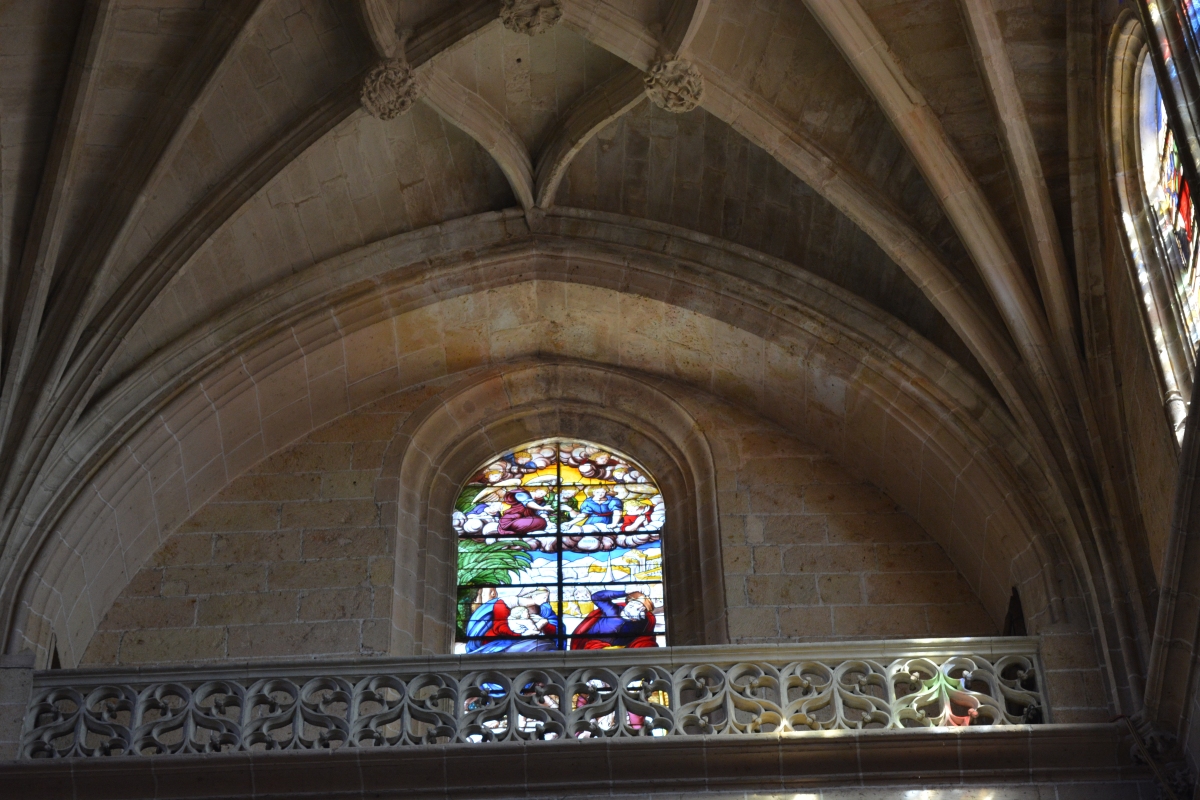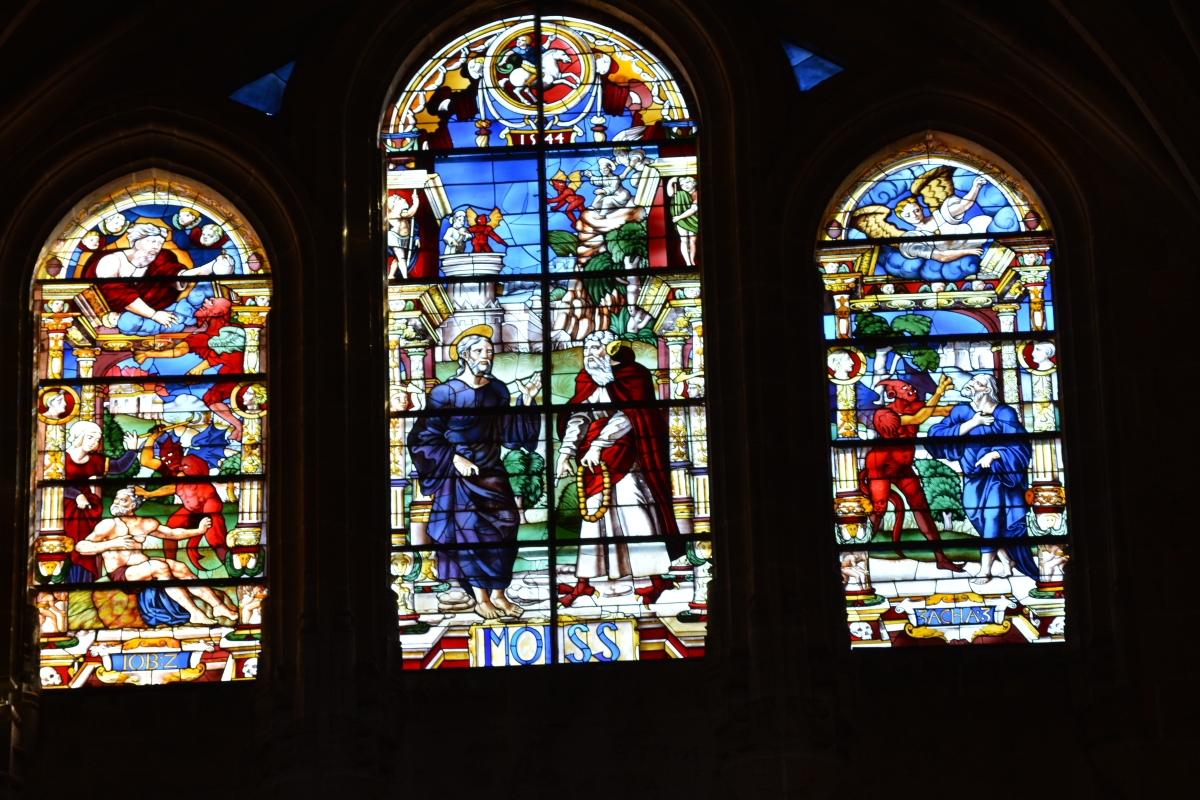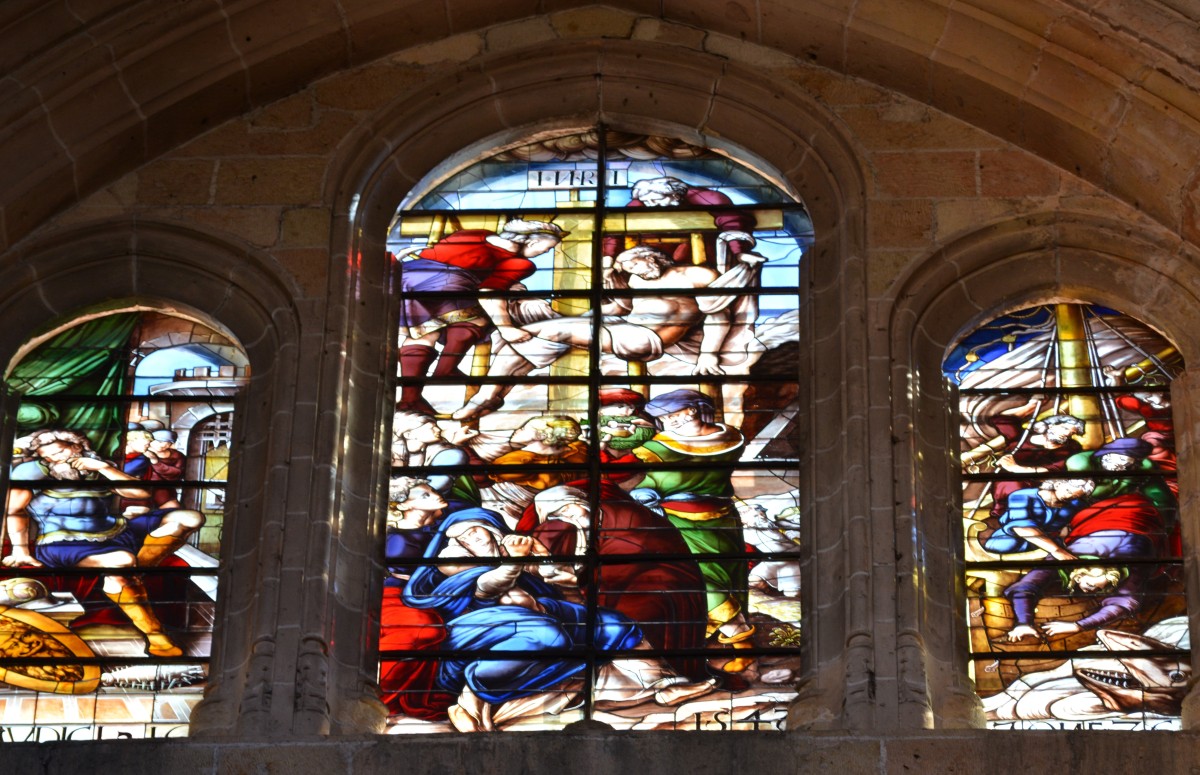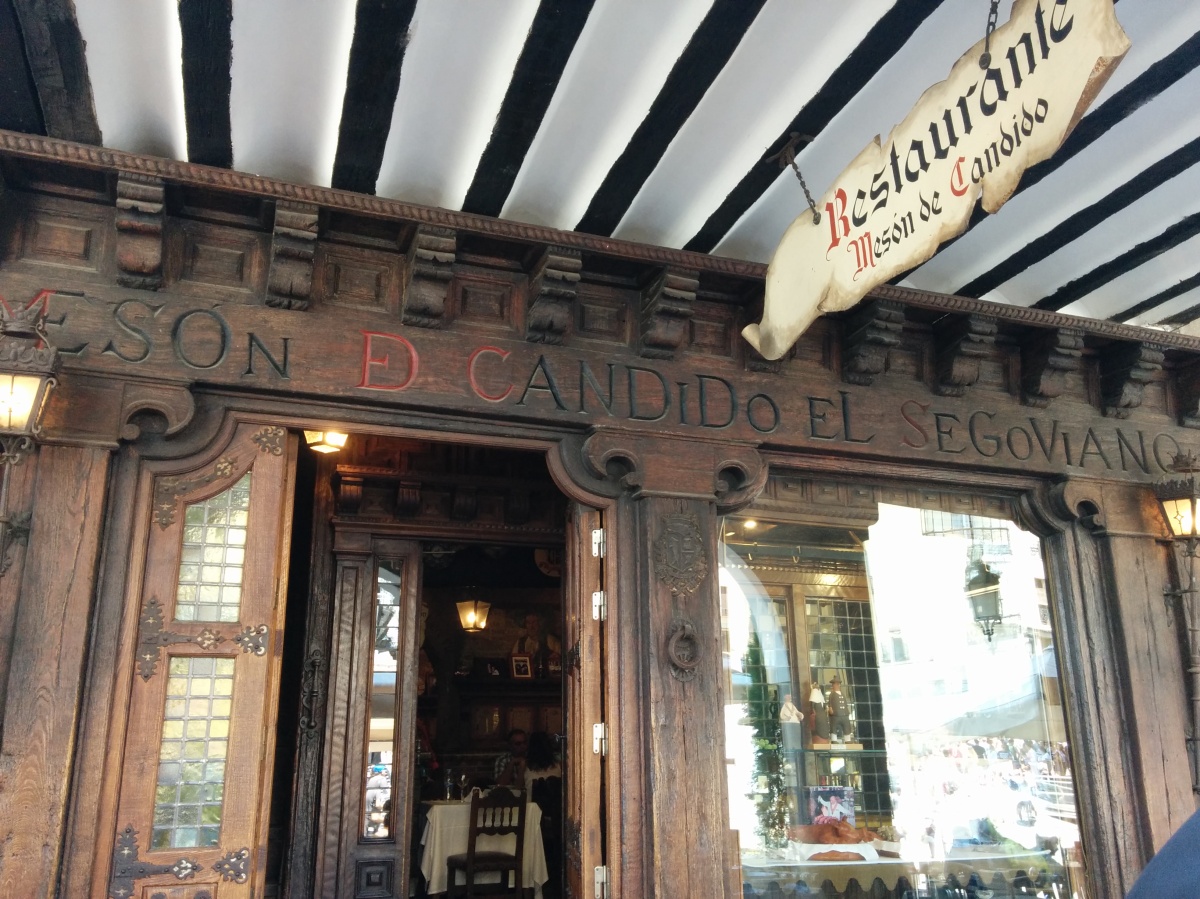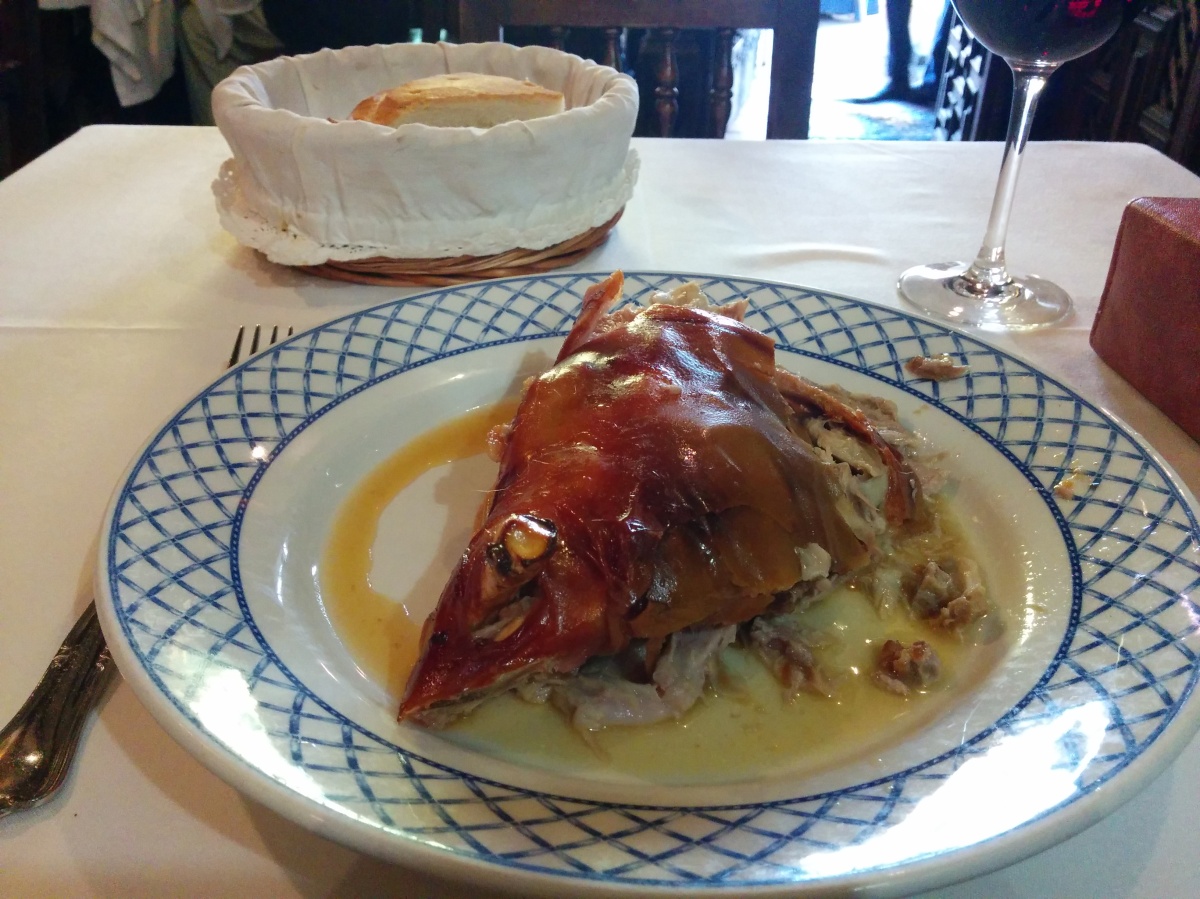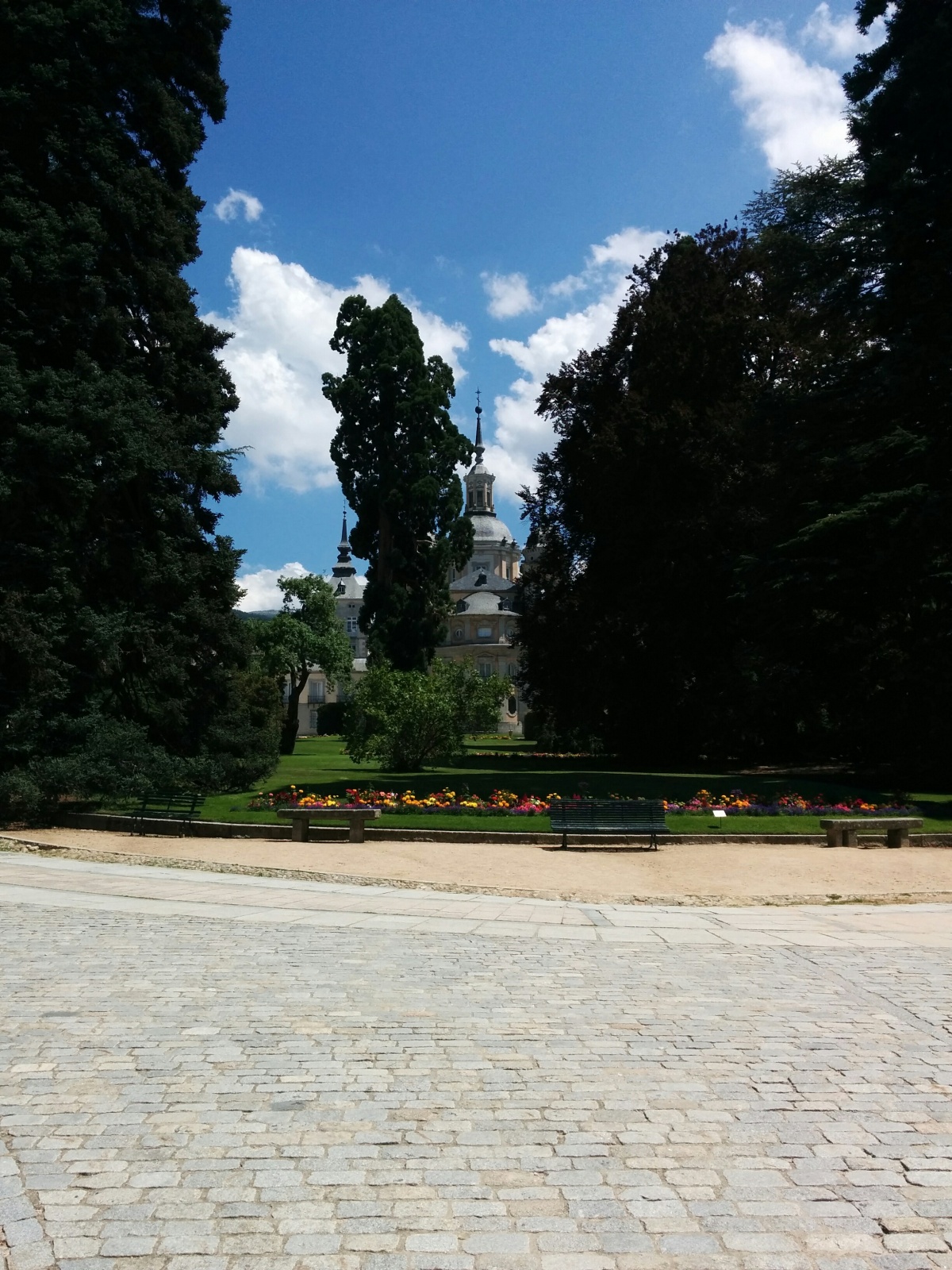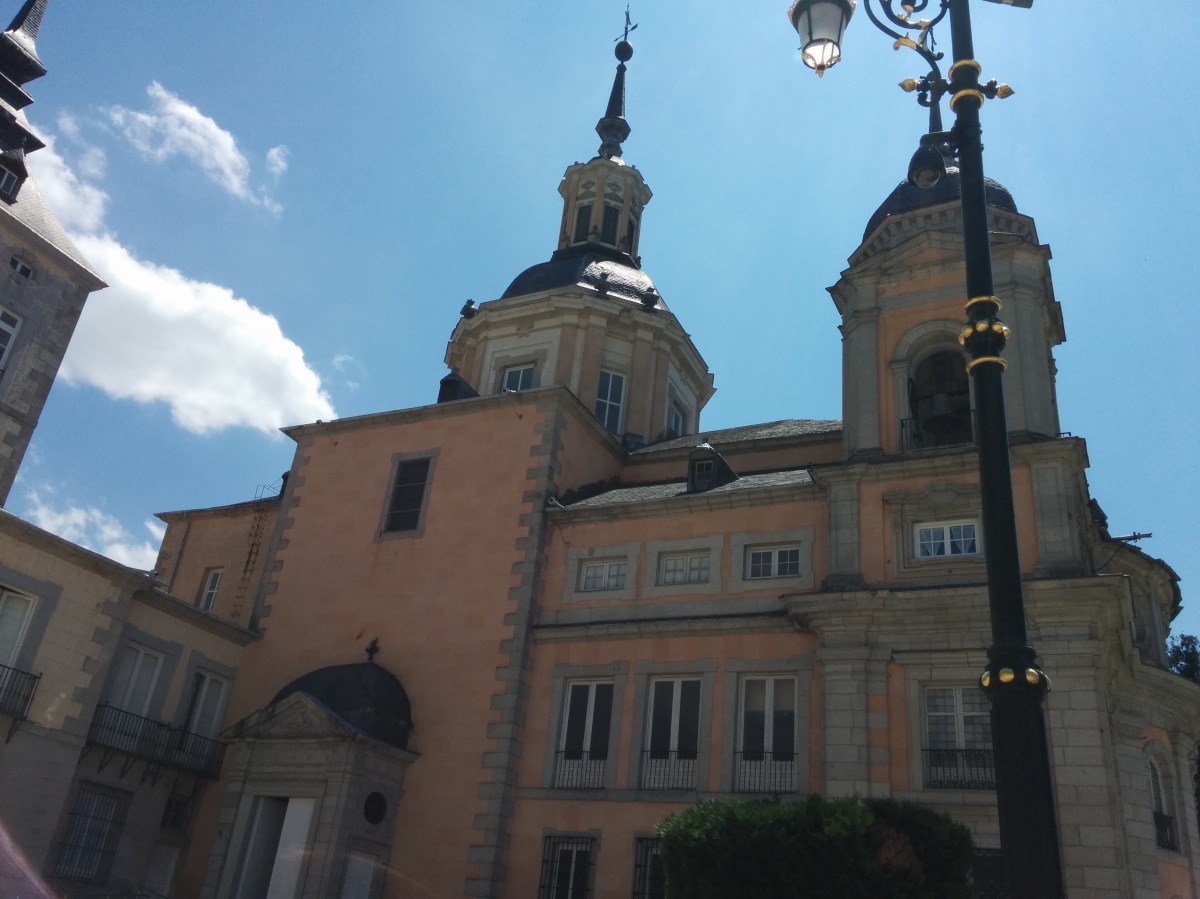The Quintessential European Town of Segovia
A few kilometers from the bustling capital city of Madrid lies the quaint little town of Segovia. Segovia is the exact picture of what you’d imagine a European town to be like – fabulous architecture, cobbled streets and captivating history. This cute little town awash in history and sporting some of the most beautiful representations of Gothic architecture, is a short day trip away from Madrid (approx. 90kms).
This was one of the best day trips I have ever taken. Read about my other day trips to Pratapgadh (Maharashtra, India) and Sausalito (San Francisco, USA) written as part of Blogchatter’s My Friend Alexa campaign which is how I’m taking my blog to the next level.
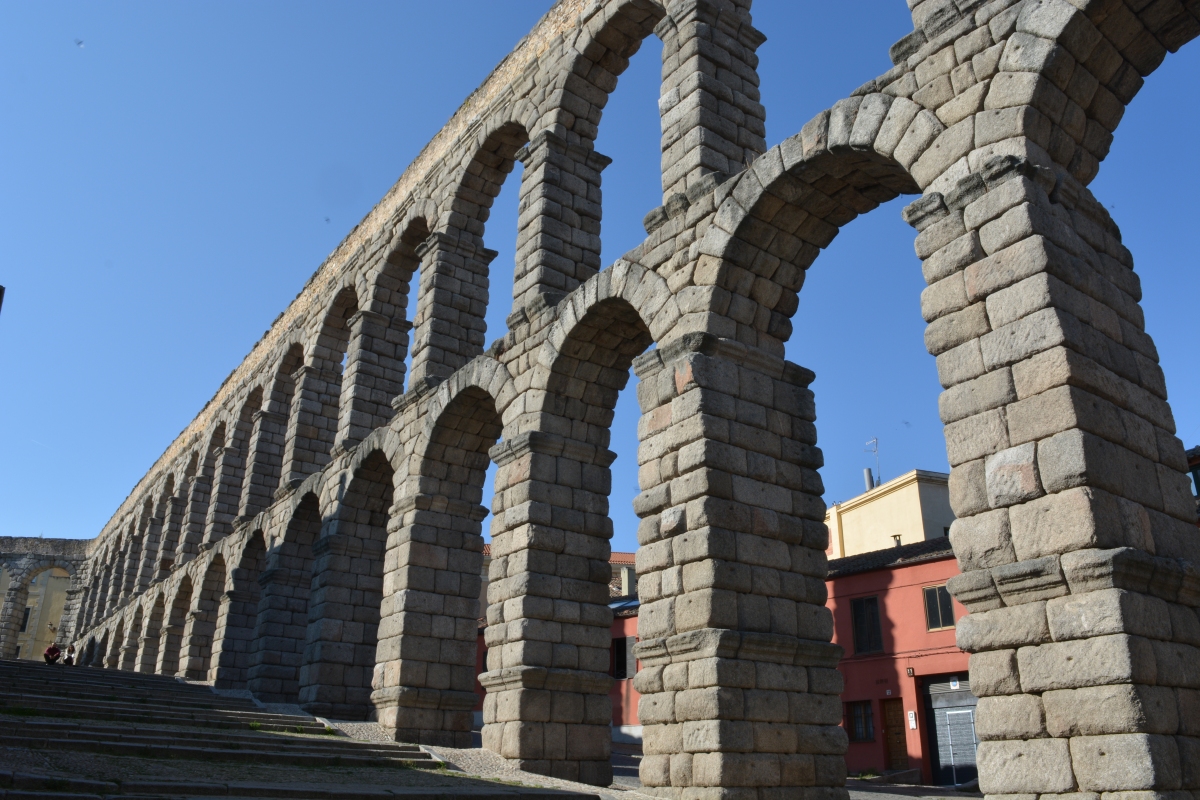
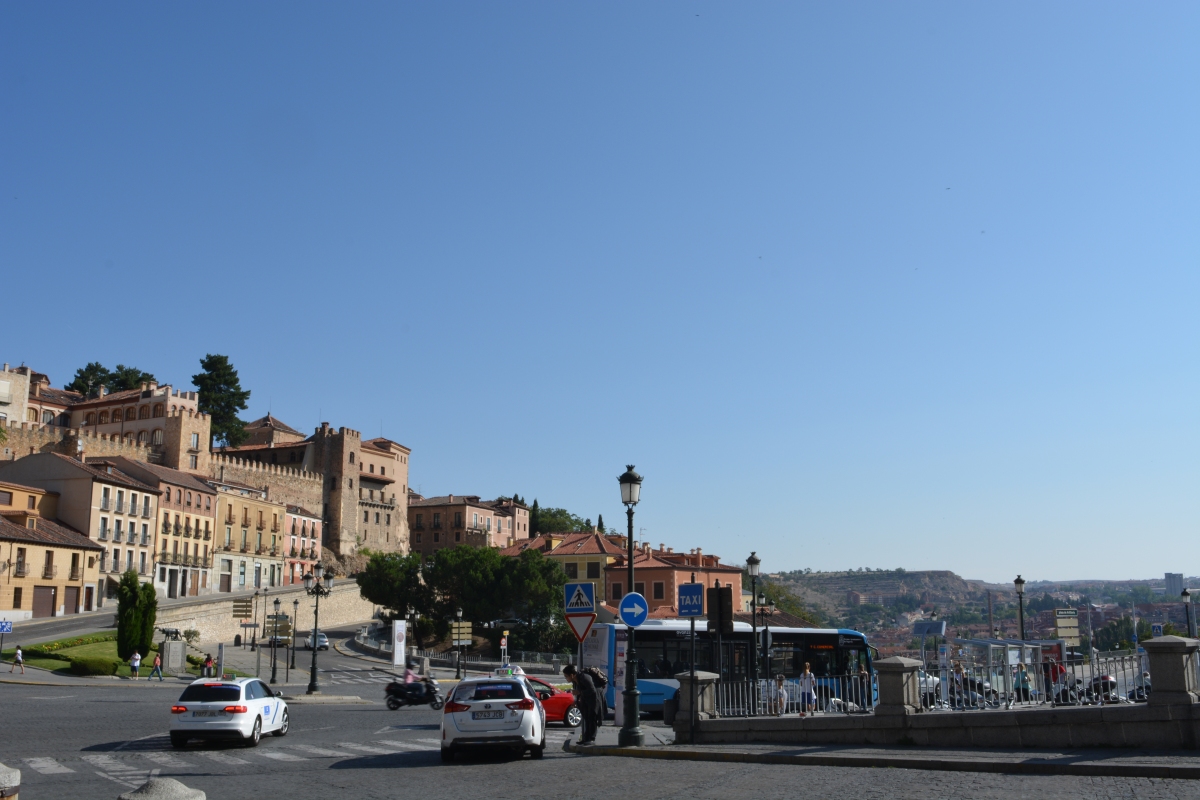

Getting There
I boarded a Renfe (Spain’s national train company) high speed AVE train from Madrid’s Chamartín station and reached Segovia Guiomar station in exactly 27 minutes. The train departed at 8:55 AM on the dot and pulled into Guiomar at precisely 9:22 AM as advertised. The journey was a smooth one and I loved the scenic countryside flashing by.
Guiomar station is located on the outskirts of Segovia – about 5kms from the town proper. So, from the station I took the No. 11 bus to reach the city, which took about 20 minutes. The timing of the buses are such that they offset with the arrival of the trains. The bus dropped me off right in front of the Aqueduct.
Tip: Book your tickets online here and exchange your booking confirmation for actual tickets at the station. The two-way ticket cost me ~ € 42 (including a small booking fee by GoEuro / Omio). Bus No. 11 fare is ~ €2 each way.
Tip: Trains depart every hour (or lesser) from Chamartín throughout the day but my suggestion would to be arrive early in Segovia to be able to visit all the myriad attractions it has to offer. Though there are other ways to travel to Segovia from Madrid, this high speed train is the best option in my opinion.
The Aqueduct
The Aqueduct is Segovia’s main attraction and its pièce de résistance. It’s easy to see why people come in from far and wide to admire and gaze at this engineering marvel. As I stepped down from the bus, I looked up at the beautiful arches of the aqueduct and was spellbound. I went up and down its length, climbed up the structure and looked across its breadth taking pictures and simply enjoying its beauty.
The Roman Aqueduct of Segovia was built in the early 2nd century to supply water to Segovia. It used the principle of gravity and natural slope to convey water from the Rio Frio river to the city. Water was carried on the upper channel and crossed the city under the ground up to the Alcazar. It is considered a masterpiece of Roman hydraulic engineering whose stones are joined by neither cement nor mortar. It has 167 arches in its entirety and a total length of ~16000 meters from its origin in Guadarrama mountain range. The Aqueduct was declared a National Monument in 1884 and a World Heritage Site in 1985.
Tip: You can also visit the Aqueduct Visitor center which contains interactive multimedia exhibit to help you travel through 2000 yrs. of history of the monument.
Alcázar de Segovia
After spending a leisurely time at the Aqueduct, I ventured further into the town. Walking along its cobblestoned streets in the lazy afternoon sun was a joy indeed. Further on, I encountered the city walls and stood and admired the vibrant green valley view spread out in front of me. About 20 minutes later, I arrived in front of my next stop – The Alcazar of Segovia. The Alcázar is basically a castle; it became one of the favorite residences of the then king and queens. Built over a period of 5 centuries (11th – 19th) from the reign of Alphonse VI to that of Philip II, this palace was the residence of the Castilian Monarchs during the middle ages. The “Old Palace” was extended in 15th century when several rooms were added:
- El Solio: Throne Room; houses the throne commissioned for visit of Alfonse XIII and Queen Victoria Eugeria.
- La Galera: Galley Room; named after its moulded ceiling resembling the hull of a ship upside down.
- Las Piñas: Pine Cone Room; named after the 392 peculiar pine cone carvings on its ceiling.
- De Reyes: Monarchs Room; decorated with a frieze depicting the monarchs of Asturias, Castile and León.
- Del Cordón: Cord Room; named after the Franciscan cord decorating its walls.
- De Capilla: The Chapel, witnessed the nuptial veiling ceremony between Philip II and Anna of Austria. It also houses Bartolomé Carducho’s “The Epiphany” painting.
The Alcazar was the State Prison in the 18th century and the Royal Convert of Artillery in 1764. Currently, it houses the Military Historical Archive. Most parts of this monument can be visited including its roof. After visiting all the rooms and fantastic exhibits, I headed to the tower. The view from the Tower of Juan II was terrific!
Tip: Summer hours (April – September) are from 10 AM to 7 PM while the winter hours (October – March) are from 10 AM to 6 PM. Tickets were ~€11 for a palace + tower top visit. Check details here.
The Cathedral of Segovia
My final stop before lunch was The Cathedral of Segovia. I had initially planned to spend about 15-20 minutes in the cathedral – after all how much time can one spend while sightseeing in a cathedral, right? Wrong! This cathedral has the most sublime glass paintings, wall paintings and magnificent sculptures. I was so fascinated with all of the art this place has to offer that I was there for nearly 2 hours goggling at the absorbing creations of the great masters.
The original Cathedral called Santa Maríe was of Romanesque style but after its destruction in the Comuneros War (Communities’ War), the church was rebuilt in Gothic style though its conception echoes the Renaissance era. Constructed on the proposal of Charles V, this church was dedicated to The Ascensión of Maria to Heaven and Saint Frutos (Patron Saint of Segovia). It has a 3-nave structure and an ambulatory.
Some of the most glorious artworks are: the sculpture of St. Andrew, The Descent from the Cross triptych by Flemish painter Ambrose Benson, Renaissance altarpiece with sculptures of The Immaculate, Baroque grillwork by Antonio de Elorza, the Tree of Life etc. Other important works of Pedro Berruguete, Sánchez Cuello and Van Orley are housed in this cathedral.
Mesón de Cándido
Apart from the Aqueduct, the other thing that Segovia in known for is Cochinillos or roasted suckling pig. Even though it is available in various parts in Spain and in a lot of restaurants in Segovia, I chose the best and the original – Mesón de Cándido. It is a traditional Spanish cuisine consisting of tender, succulent roast pig fresh from wood-fired ovens. The dish put me in gastronomic heaven! This is a must-do in Segovia!
La Granja Castle
Palacio Real de La Granja de San Ildefonso or the Royal Palace of La Granja in San Ildefonso was the next and final stop of my Segovia trip. It is located in the outskirts of Segovia (approx. 10 kms.) in the town of San Ildefonso. To reach, I boarded a La Sepulvedana bus from the stop in front of the Aqueduct, heading into the hills. It took about 20 minutes to reach La Granja whereupon I de-boarded in front of the castle entrance.
Tip: Visit the La Sepulvedana bus station to collect a bus time table so you can plan your La Granja trip accordingly. Buses leave every 45 minutes from the station.
Due to the long time spent in the Cathedral and my laid-back splendid lunch, I did not have a lot of time on my hands to fully explore the castle. However, I did have time enough to visit all the palatial rooms and the wonderfully kept gardens. I moved from room to room admiring the paintings like the ceiling frescoes and the luxurious furniture (an understatement) like the ornate elaborate four posters and chest of drawers, armchairs etc. Then there was the vast, dazzling collection of gold jewelry, urns, lamps, utensils etc. and finally, the armoury and artillery rooms.
Tip: Photography is prohibited inside the castle so commit everything to memory. You can however take pics of the palace façade and its grounds.
Lost!
After breezing through the castle visit, I made it on time to the bus stop, barely – or so I thought. However, there were no buses to be seen. Usually the buses run like clockwork so I started worrying that I had missed it. Soon, a bus arrived. Initially I was told that I was in the opposite direction, but then that one turned out to be wrong too. In the end, I didn’t board the bus, I contemplated walking, yada yada. Anyway, to cut a long story short, I missed my bus and thereby my chances of catching the return train on time.
I broke out in cold sweat but after a call to my husband, who managed to calm me down, I eventually got my head on straight and boarded the next (correct) bus to Segovia. From Segovia, once again Bus. No. 11 took me to Guiomar for my return to Madrid. Thankfully the very sweet guy at the ticket counter understood my predicament and kindly changed my ticket to that of the next train. God bless him!
Fondest Memories
Although there were a few bad moments at the end of the trip, Segovia was a superb experience which I fondly remember till date. I hope to visit again someday.
Tip: While there are other attractions in Segovia, I feel the above curated list consists of the best ones that can be enjoyed in a day. Do take some time out of your day to simply roam the streets and enjoy the serene beauty of the place.


